The sun is the source of life on Earth, but it also poses many challenges and mysteries for scientists and explorers. How does the sun affect the space environment around our planet? What are the secrets behind the sun’s dynamic activity and cycles? How can we better understand and predict the solar storms that can disrupt our communication and navigation systems?
To answer these questions, India is planning to launch its first mission dedicated to observing the sun and its various phenomena. The mission, named Aditya L1, will place a satellite in a halo orbit around the Lagrangian point 1 (L1) of the sun-Earth system, about 1.5 million kilometers from Earth. From this vantage point, the satellite will have a continuous view of the sun and will be able to study its corona, photosphere, chromosphere, and solar wind.
The Aditya L1 mission is expected to launch on September 2, 2023, from the Satish Dhawan Space Centre in Sriharikota, using a PSLV-XL rocket. The mission will carry seven scientific payloads that will perform various measurements and observations of the sun. These are:
- Visible Emission Line Coronagraph (VELC): This instrument will image the solar corona in visible and near-infrared wavelengths, and measure the magnetic field of the corona. It will also study the origin and evolution of coronal mass ejections (CMEs), which are large eruptions of plasma and magnetic fields from the sun that can affect Earth’s space weather.
- Solar Ultraviolet Imaging Telescope (SUIT): This instrument will image the solar photosphere and chromosphere in ultraviolet wavelengths, and measure the solar irradiance variations. It will also study the formation and dynamics of active regions, which are areas of intense magnetic activity on the sun that produce sunspots and flares.
- Aditya Solar wind Particle Experiment (ASPEX): This instrument will measure the properties and composition of the solar wind particles, such as protons, electrons, and alpha particles. It will also study the interaction of the solar wind with the interplanetary magnetic field.
- Plasma Analyser Package for Aditya (PAPA): This instrument will measure the distribution and characteristics of electrons in the solar wind. It will also study the heating and acceleration mechanisms of electrons in the solar wind.
- Solar Low Energy X-ray Spectrometer (SoLEXS): This instrument will measure the low energy X-rays emitted by the sun during flares and other events. It will also study the heating and ionization processes of the solar atmosphere.
- High Energy L1 Orbiting X-ray Spectrometer (HEL1OS): This instrument will measure the high energy X-rays emitted by the sun during flares and other events. It will also study the acceleration and propagation of energetic particles in the solar atmosphere.
- Magnetometer: This instrument will measure the magnitude and direction of the local magnetic field at L1. It will also study

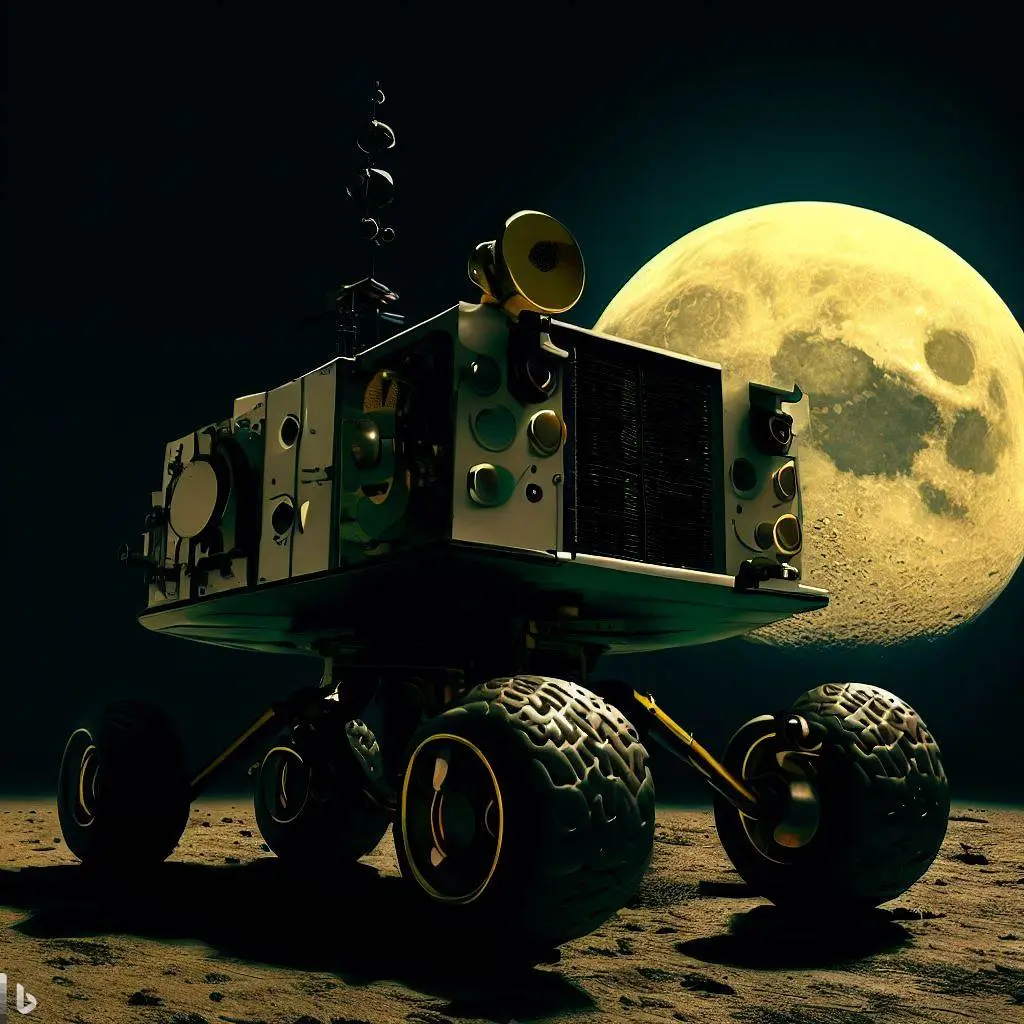
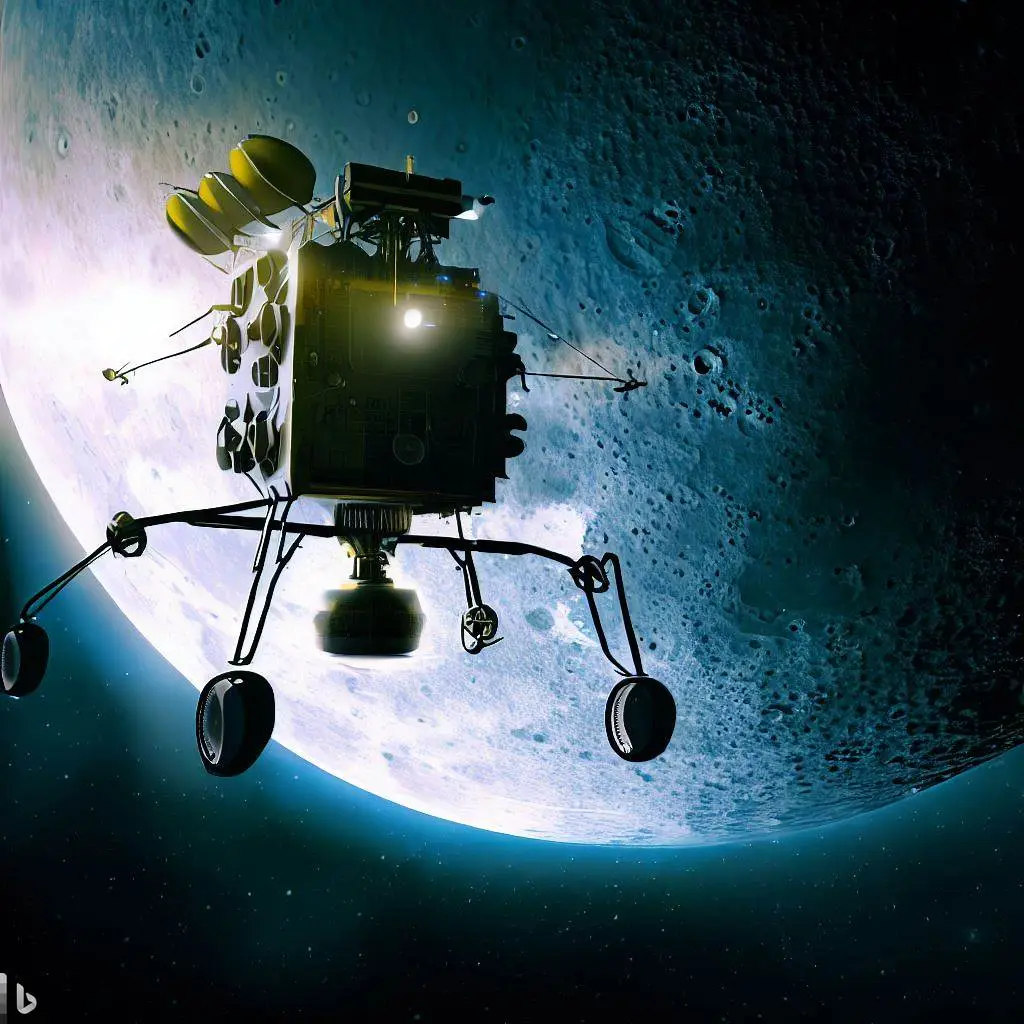
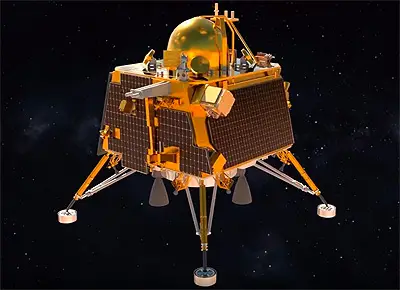
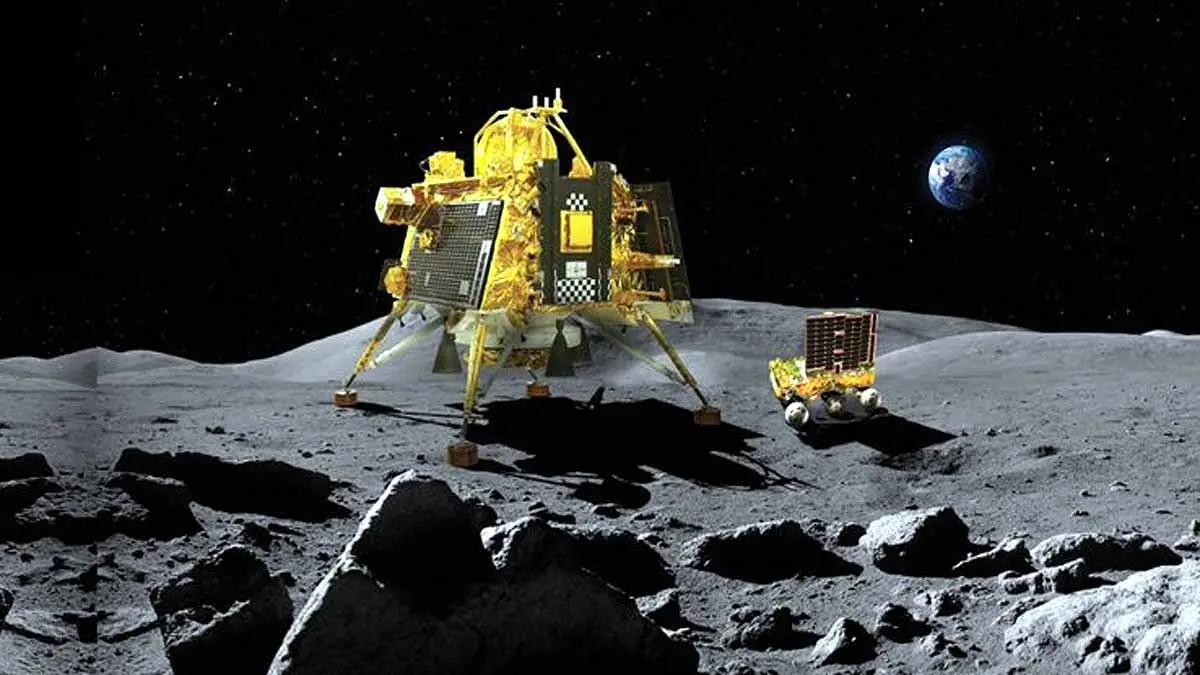

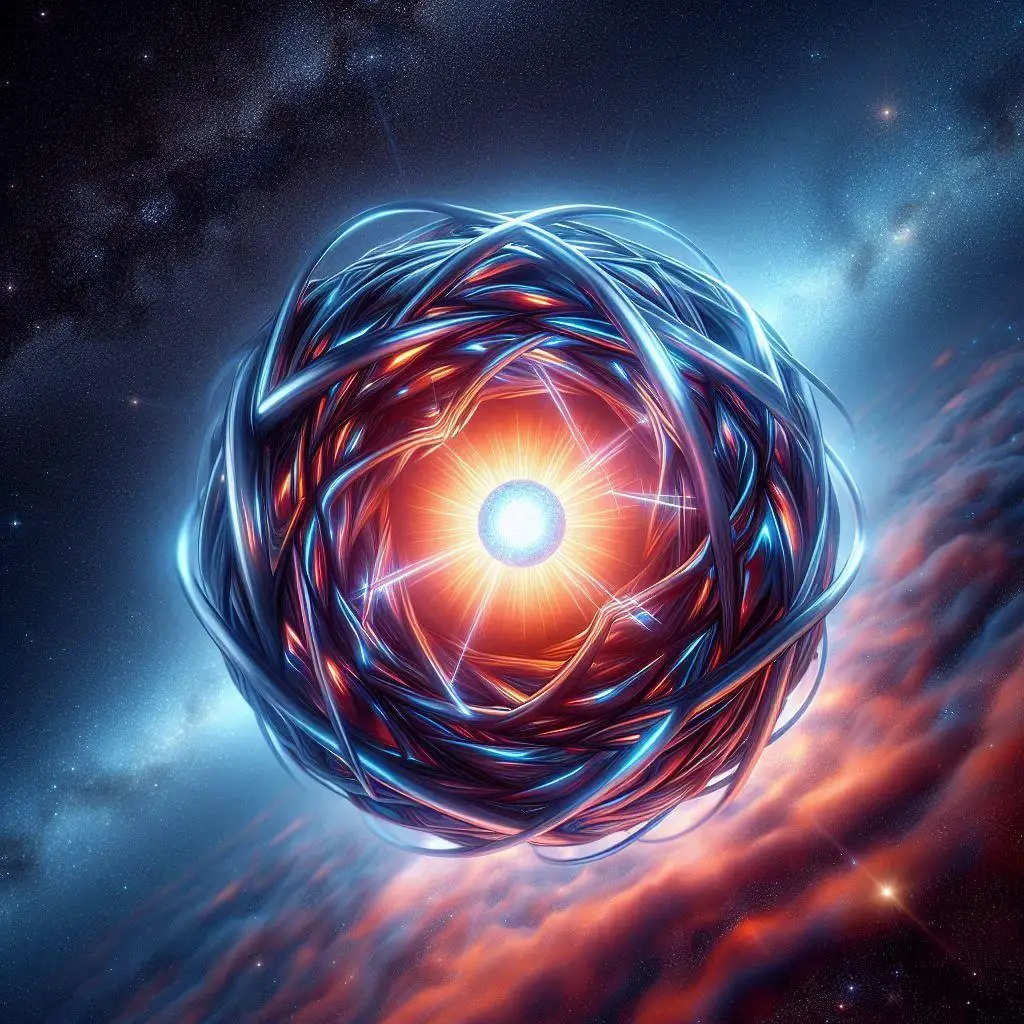


Add a Comment: